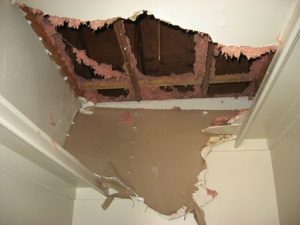 Compliance with New HVAC Condensate Drain Line Regulatory Changes; International Residential and Mechanical Code and Uniform Mechanical Code Sections effective January 1, 2015
Compliance with New HVAC Condensate Drain Line Regulatory Changes; International Residential and Mechanical Code and Uniform Mechanical Code Sections effective January 1, 2015
April, 7th 2015 Comments Views
Good news!
The new International and Uniform Mechanical codes for 2015 require that HVAC drains be configured to enable cleaning and servicing without cutting the drain line.
January 1, 2015, is the effective date of long overdue building code changes in the International Code Council’s IRC and IMC and the Uniform Mechanical Code.
These sections, International Residential Code (IRC) section M1411.3.3 and International Mechanical Code (IMC) Section 307.2.5 have identical language, which states:
Condensate drain lines shall be configured to permit the clearing of blockages and performance of maintenance without requiring the drain line to be cut.
The language of the Uniform Mechanical Code (UMC) is slightly different, but the result is identical. Here is the language, from Section 312.3.1:
Condensate drain lines shall be configured or provided with a cleanout to permit the clearing of blockages and for maintenance without requiring the drain line to be cut.
Regardless of the HVAC contractor’s location, it is clear that, when locally adopted, HVAC condensate drain lines will no longer pass code inspections with a simple straight drain line to either the primary or secondary drain location.
Right now, the vast majority of HVAC evaporative coil drain pans drain through a straight drain line to either a bathroom drain line or, if the primary drain line is blocked, directly to the outside of the house.
Without an automatic overflow shut-off of the A/C system, then the first problem noticed is the unwanted presence of water, either on the floor or the ceiling.
Typically, a technician will carry an empty bucket up to the attic, cut the drain line, collect the water into the bucket, then clear the drain line in both directions. Then he reconnects the drain line with a sleeve. This takes time, risks water spillage, and does not permit for maintenance of the drain lines.
One of the most common and least favored problems was containing the flood of water after cutting the line then trying to glue the wet pipes back together.products, by using multiple tees and vent risers to allow access for a drain dawg device. I can tell you with experience that this is a major problem. Letting water soak into insulation is never a good idea and creates mold.
Best prevention solution for this is proper maintenance. a UV light located in the Evaporator coil will also help solve this issue as the pan stays clean.



